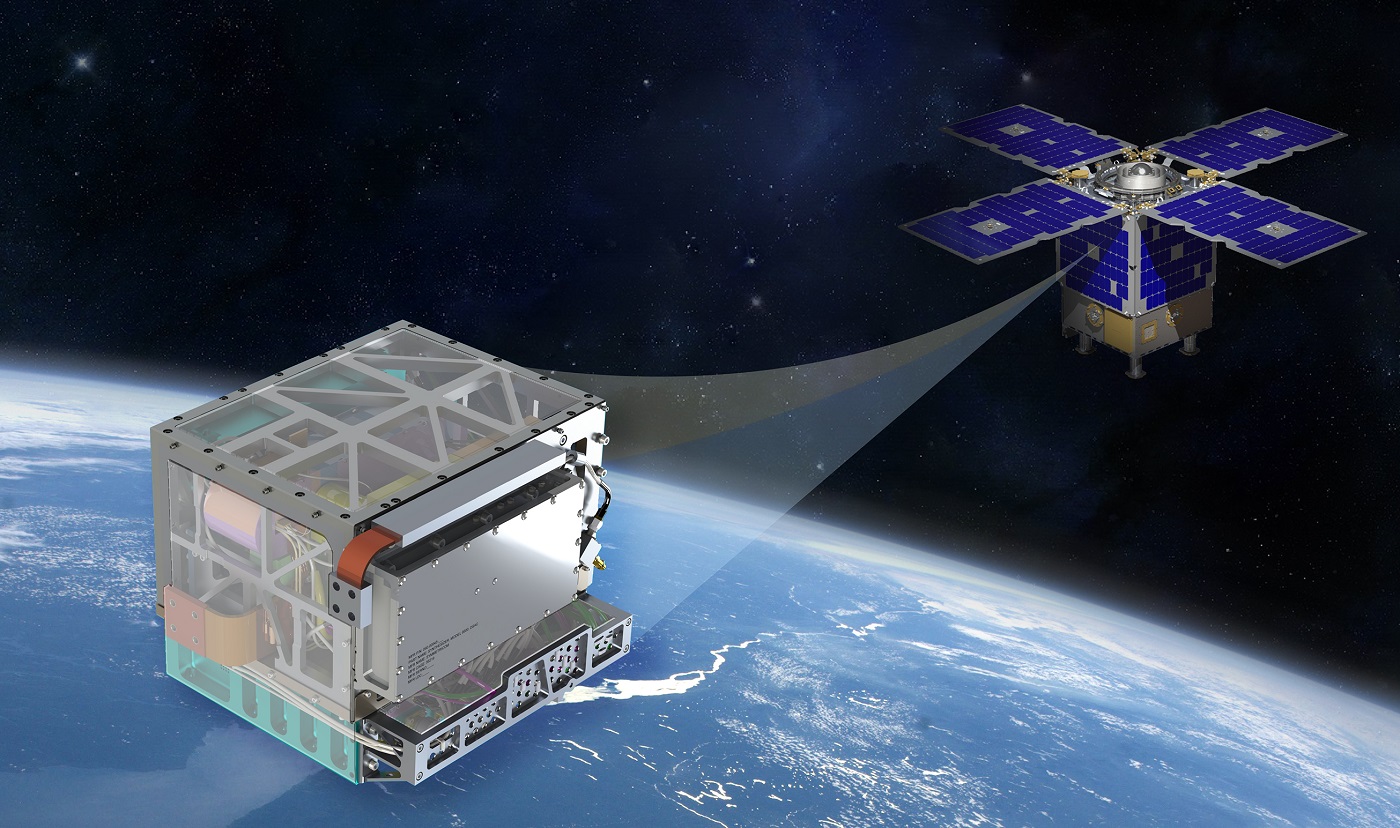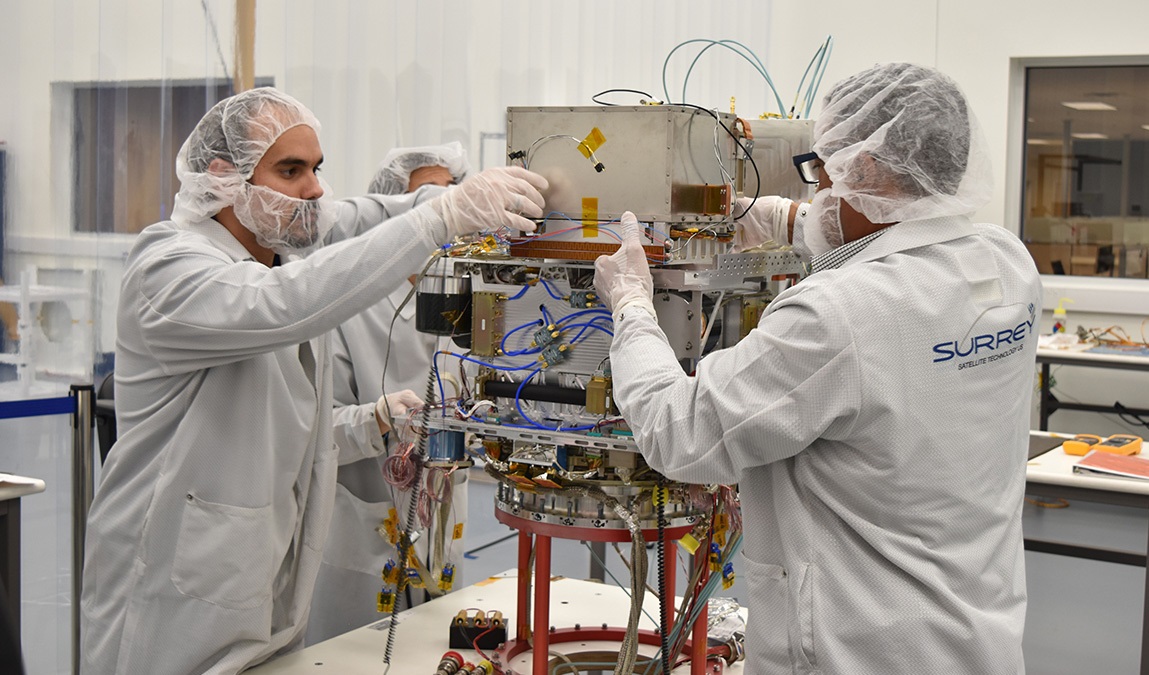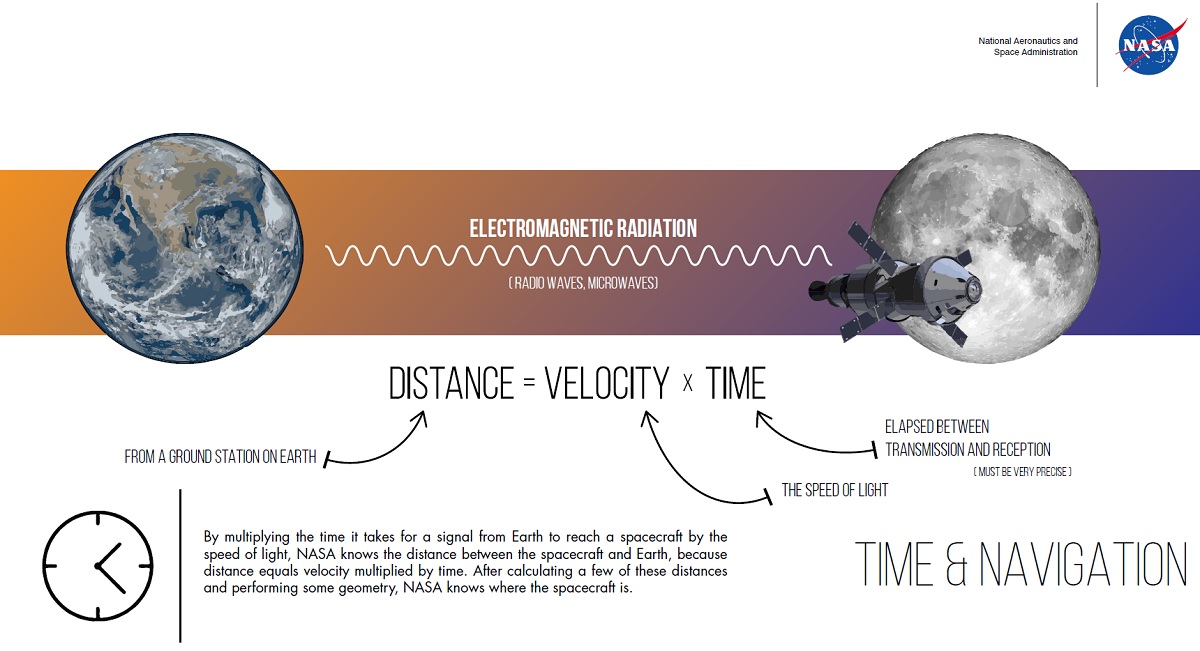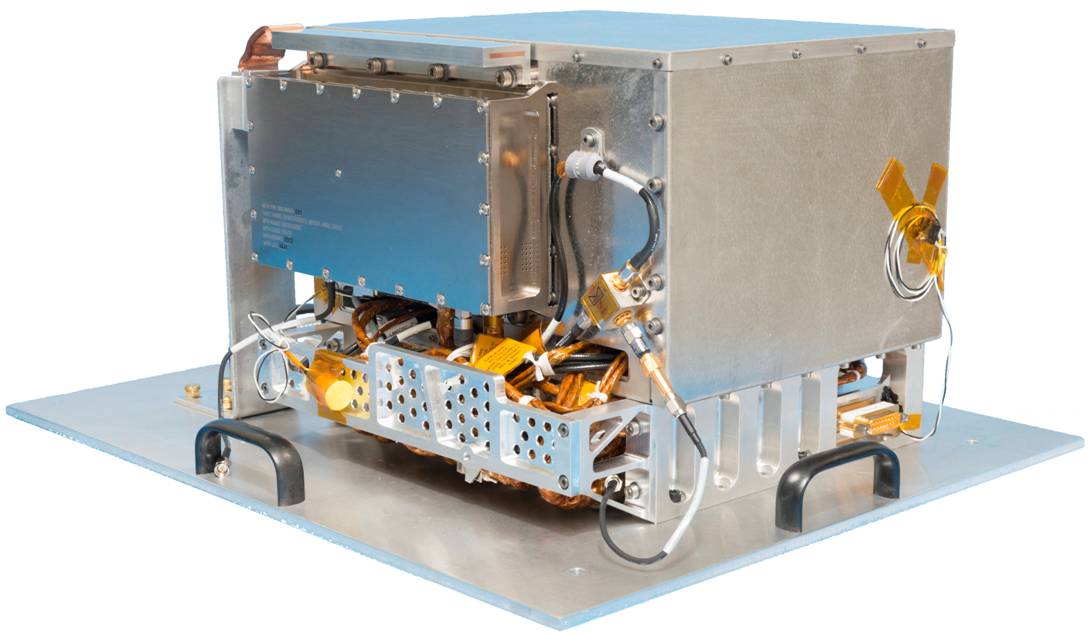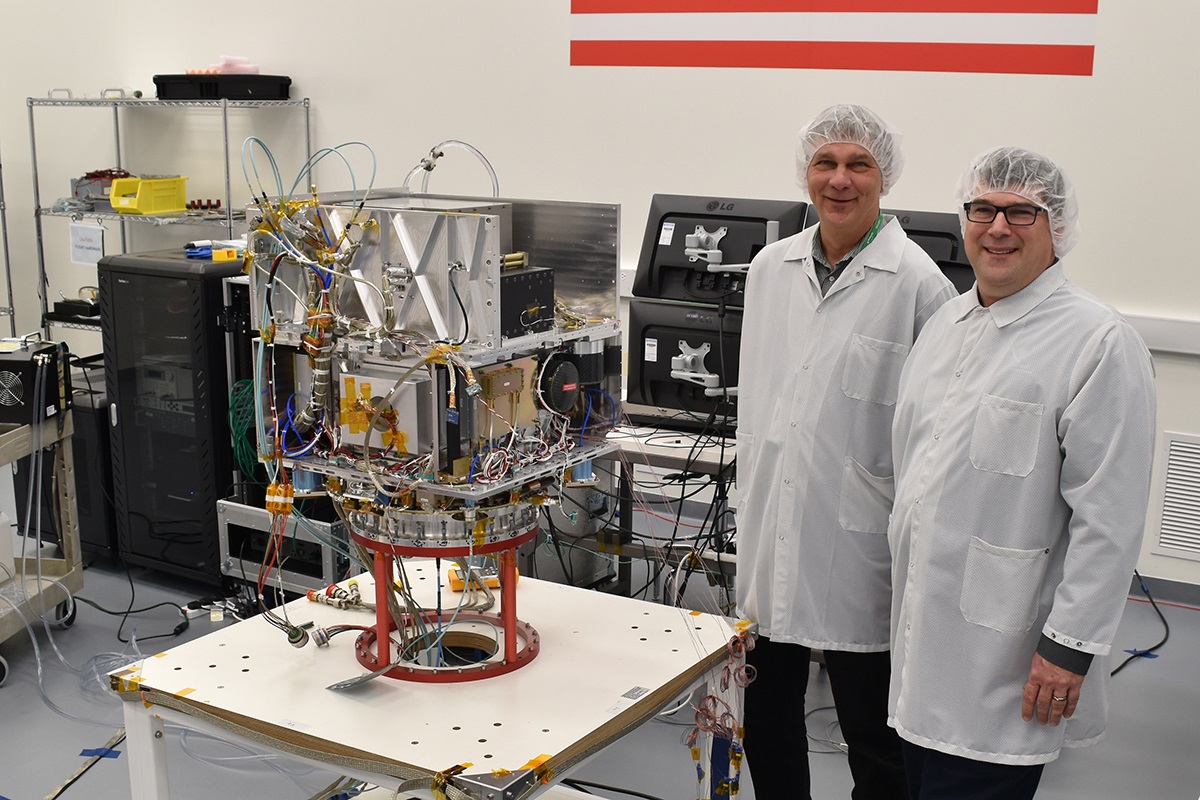NASA’s Deep Space Atomic Clock (DSAC) is one of the most important timing instruments ever developed, and it will serve as a foundation for long-distance travel and communication off our home planet, Earth. How accurate is it? Accurate to one second every 9,000,000 years. Having said that, understanding the larger importance of precision timing instruments requires education in a number of areas, including physics, navigation and, of course, horology. For example, it is not obvious to many people that a precise clock is necessary for precise navigation. Also, many people don’t immediately appreciate that the effects of relativity change how the measurement of time is experienced in two different points in space. Suffice it to say that long-distance space travel and communication require extremely precise, local timing machines.
Atomic clocks (history on aBlogtoWatch here) are the most precise form of timing instruments currently known to science. They operate because of the stability of how atoms behave, meaning that you can base a timing instrument around them. Atomic clocks on earth and currently in orbit are not adequate for long distance space travel so NASA, with Jet Propulsion Laboratories (JLP), developed a new type of atomic clock with the Deep Space Atomic Clock. The device is more resistant to environmental effects (such as vibration) as compared to traditional atomic clocks and has been miniaturized (to roughly the size of a miniature refrigerator) in order to travel in a spacecraft.
The DSAC further uses mercury ions as opposed to other atoms, such as Cesium 133 (which was used in this atomic clock wrist watch here). JPL developed a special mercury-ion trap which is used to “discipline a quartz crystal clock.” That is a very fine way of saying that the DSAC actually uses a traditional quartz crystal regulation system — but that has an added layer of control by measuring how the mercury ions emit light. The incredible breakthrough in the Deep Space Atomic clock is really a combination of the device’s accuracy of one second per each nine million years and its resistance to environmental effects, as well as portability.
Until a device like the DSAC was developed, most spacecraft needed to communicate with the Earth or devices near the Earth in order to get accurate time measurements. This is highly problematic because of both interference in space and the effects of relativity. Both of these factors can highly disrupt the accuracy of signals and the validity of transmitted information. This is especially important in the area of timing because even the smallest errors, when it comes to the incredible precision necessary for space navigation, can result in total mission failure.
As a force in nature, time does not exist in the same way that a force like gravity exists. Science buffs (and astrophysicists) will be the first to tell you that time is something human beings made up. What we also made up are very precise ways of tracking intervals between events, the measurement of which we call keeping time. So even if time is something we made up, being able to measure the elapsing of time is incredibly important. Much of today’s current timekeeping technology, ranging from the historic balance-wheel-based regulation system to the quartz crystal oscillator, were developed for the needs of navigation and communication. Today in 2019, NASA (and its partners) have carried the torch with a new achievement in autonomous, accurate measurement of time with the Deep Space Atomic Clock.
After more than 20 years of development by NASA laboratory at JLP in Pasadena, California, the Deep Space Atomic Clock will be launched from Florida on June 22, 2019, aboard a SpaceX Falcon Heavy rocket. The DSAC will reside inside an Orbital Test Bed Satellite, as the system will begin with testing prior to being used for other missions. NASA does, however, have high hopes for the DSAC to be a principal part of upcoming Mars missions, as well as for a host of other future purposes. Again, without something like the DSAC, long-range spacecraft would not have the ability to accurately perform the timing calculation necessary for autonomous navigation — making them reliant on messages from Earth, which can be negatively affected by various forms of interference, as well as the effects of relativity.
I look forward to learning more about the Deep Space Atomic Clock and its development, as well as experiencing how it will become a crucial part of our future spacecraft. NASA has put together a handy information page about the Deep Space Atomic Clock here, and those interested in viewing the live launch of the June 22nd SpaceX Falcon Heavy launch can view it via NASA here.

